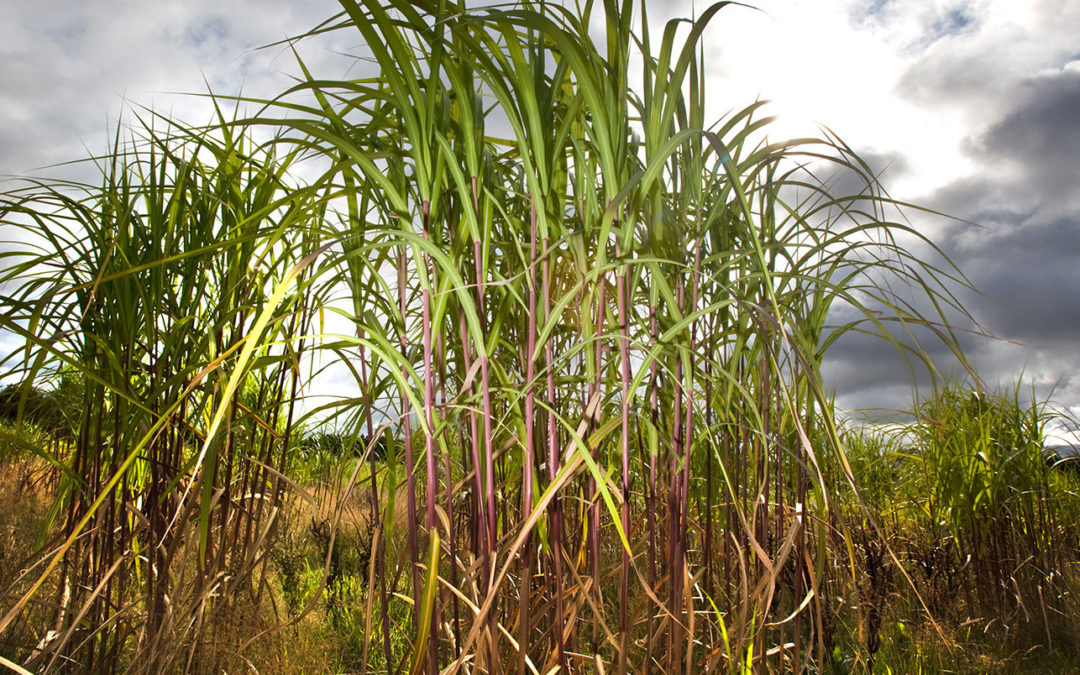SOURCE: Carbon Brief
DATE: August 14, 2018
SNIP: Model scenarios that limit warming to 1.5C or 2C typically rely on large amounts of “negative emissions” to extract CO2 from the atmosphere and store it on land, underground or in the oceans.
Bioenergy crops with carbon capture and storage (BECCS) is, perhaps, the most prominent of the various negative emissions techniques. There are many attractive features, since this technology would provide energy – thus reducing our need for fossil fuels – and remove CO2 from the atmosphere at the same time.
In our new study, published in Nature Communications, my colleagues and I find that expansion of bioenergy in order to meet the 1.5C limit could cause net losses in carbon from the land surface. Instead, we find that protecting and expanding forests could be more effective options for meeting the Paris Agreement.
Removing trees to plant biofuels as a way of mitigating climate change clearly seems counterintuitive. So we looked more closely at the effectiveness of the land-use patterns in the two scenarios.
Overall, we found that in a majority of the areas where forests would be replaced, more carbon was stored by keeping the forests than with employing BECCS.
Forests accumulate and store carbon in vegetation and soils and this is lost when forests are converted to crops.
We found that this had a very big impact on the net carbon balance of land converted from forest to bioenergy crops. In high latitudes, for example, significant losses of soil carbon meant the “payback” time for the carbon lost in replacing forests with BECCS could be more than 100 years. This means we also need to carefully consider where BECCS is implemented.
Ultimately, this makes it very difficult for BECCS to “pay off” the initial carbon debt due to deforestation, and makes afforestation and reforestation much more attractive options.
RELATED: 2017 was the second worst year on record for tropical forests: Some 39 million acres of trees — or 40 football fields per minute — were lost around the world, according to new data.

